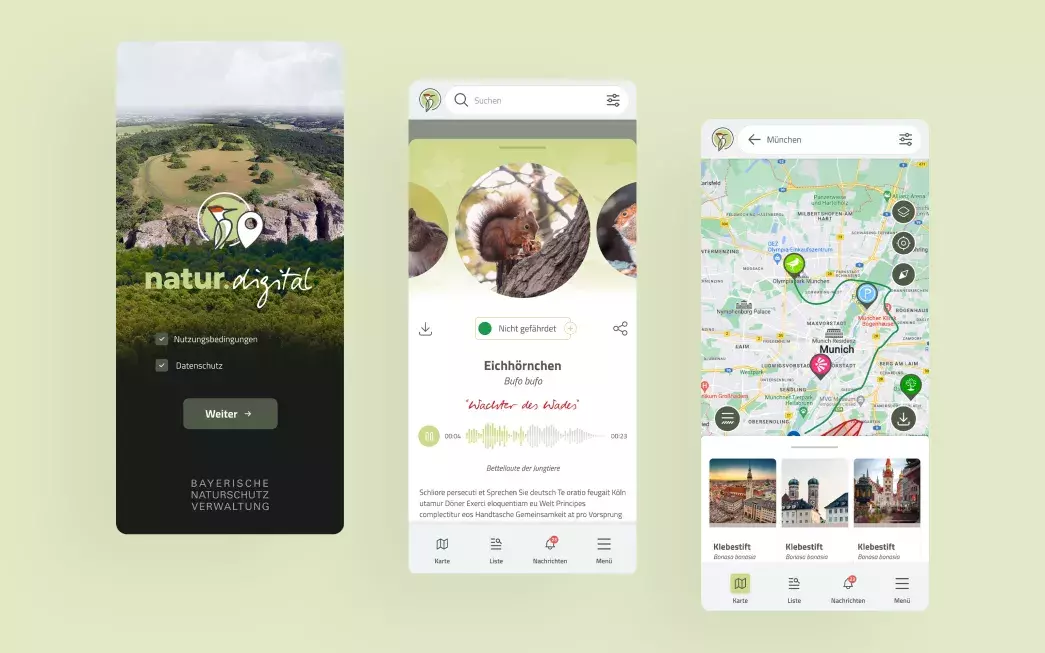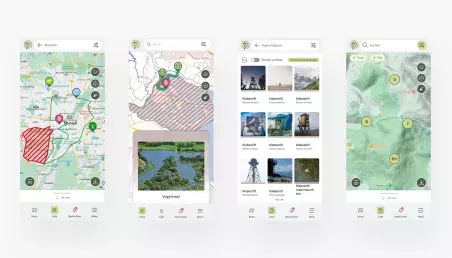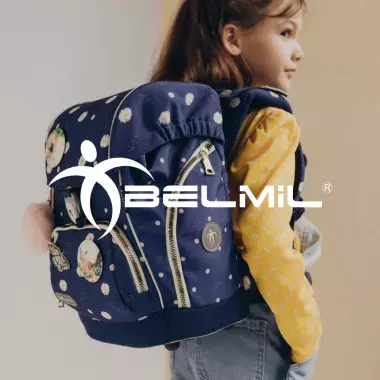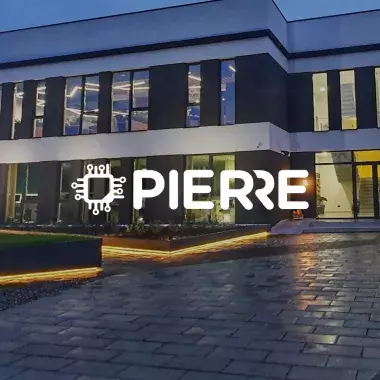The client (Bavarian State Ministry for the Environment and Consumer Protection) wanted iOS, Android and web applications with the same functionalities that:
Can publically show the data collected over 3 years within the Bavarian region about animals, plants, habitats, POIs, and other geo content of great importance.
Can present the data in both map view and list view.
Have an advanced search algorithm based on 10-factor relevancy scoring.
Also, their mobile application needed to have easy data search and smart filtering of the results.
The client wanted the capability to record, process, sort, and modify data over time. Additionally, they wanted users to be able to contribute images of landscapes and points of interest (POIs) within the 'Bavaria Before/After' comparison widget.
-
Collecting Data: In the initial phase of the project, we focused on upgrading and maintaining the Drupal CMS responsible for managing data related to the natural world and geographical information. We implemented a series of improvements to streamline data entry and adjustment for content editors. One of our most significant tasks was developing importers for data from various government sources.
-
Geofencing: The application's primary purpose is to be used in natural environments, such as forests and mountains. However, some of these areas have restricted access, either permanently or seasonally. The application will notify users when they are near a restricted area, providing information about why access is limited and why it's essential to adhere to these restrictions.
-
Social Element: We encourage user participation in growing the application's content through a section called "Bavaria Before/After." In this section, our editors have compiled historical images of rivers, mountains, forests, and landscapes. Users have the opportunity to upload current images of the same locations and engage with a comparison widget. This interactive feature allows users to visualize and compare changes over time.
-
Additional Features: Users can access biking and hiking routes, as well as additional city information. The data is presented and organized using the Leaflet function, with various types of points represented as individual pins.
-
Lexicon (List) Function: The map displays geographical content, including routes, POIs, trails, animals, birds, mushrooms, and habitats in a list format for easy reference.
-
Advanced Search: The app features an advanced search function that provides information on various topics, such as bear sightings, dietary habits, predators, mating seasons, endangerment status, and more.
-
Media Integration: Rich media content, including sound, videos, and images, enhances the user experience.
-
Design and Database Architecture: We have designed the architecture for iOS, Android, and web applications to showcase collected data to the public.
-
Map View: The application offers three types of maps presented as layers: vector, satellite, and spatial. These revisions clarify the text and improve overall readability while maintaining the original content's intent.
- React
- React Native
- Drupal
- Next.js
- Realm
- MongoDB
- Multiple GIS services
- APIs
The Bavarian State Ministry for the Environment and Consumer Protection initiated this project with a compelling vision - to empower app users to connect with nature like never before.
We helped them pave the way for this groundbreaking project, which aims to revolutionise the way people interact with nature and promote sustainable practices for generations to come.
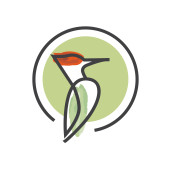
Together with StudioPresent, we were able to successfully complete our product within a year.
Many thanks for the excellent and agile implementation
as well as the trusting communication.
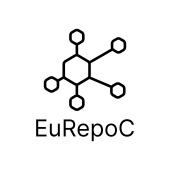
Studio Present helped us in the initial implementation of our project. They developed a reliable and efficient data management infrastructure that forms the bedrock of our operations. The team at Studio Present was quick to understand our goals and deliver effective technical solutions while maintaining availability for our queries.
Interested in working with us?
